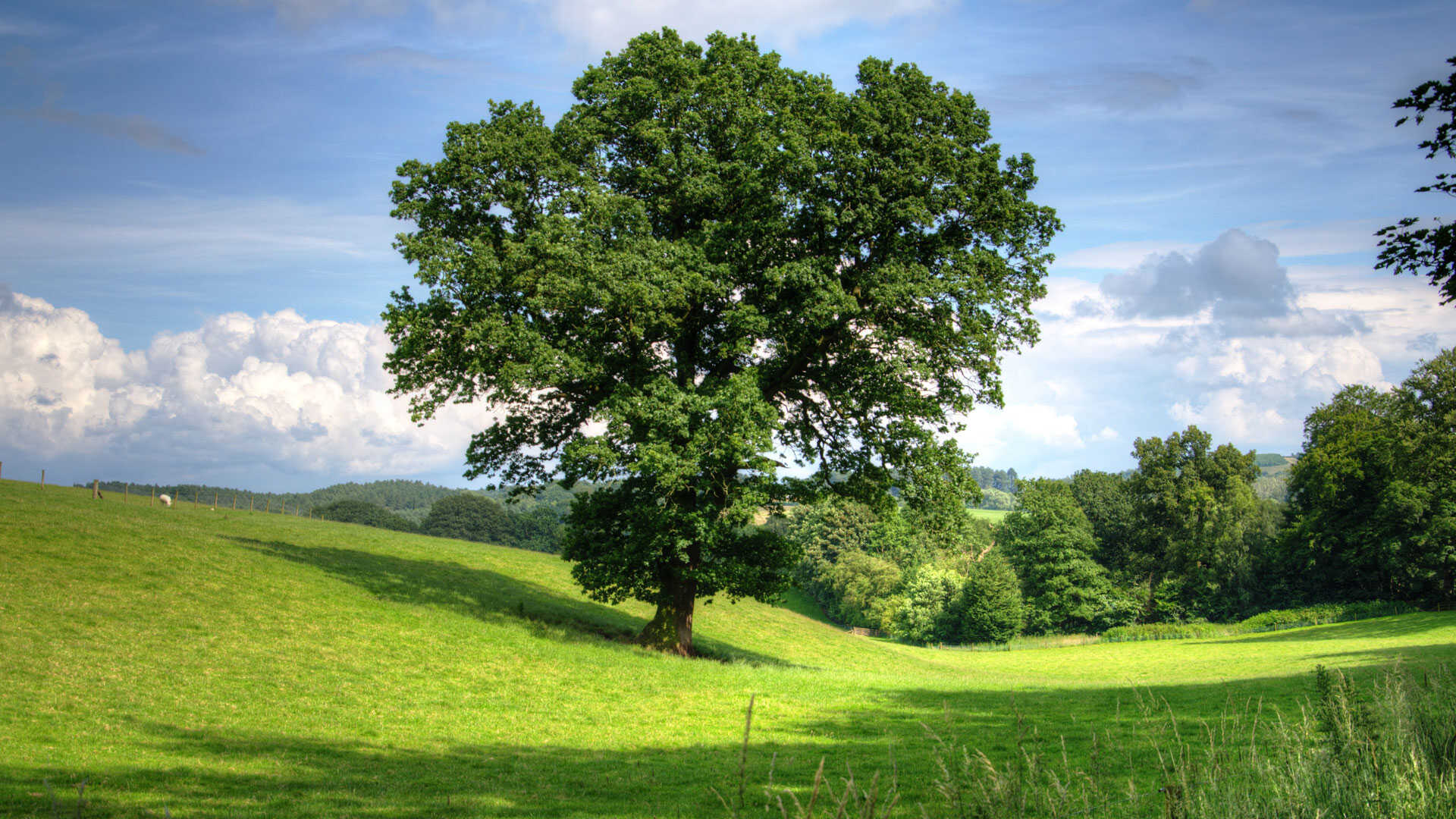Why Cremation?
 There are many reasons why people may prefer cremation over other options. Some of the most common benefits of cremation are:
There are many reasons why people may prefer cremation over other options. Some of the most common benefits of cremation are:
- Cremation is more environmentally friendly than burial. Cremation does not require a casket, a grave, or a headstone, which can save land, resources, and energy. Cremation also reduces the risk of groundwater contamination from embalming fluids and decomposing bodies.
- Cremation is more economical than burial. Cremation costs less than burial because it does not involve the expenses of a funeral service, a casket, a grave plot, a headstone, or a vault. Cremation can also save money on transportation and storage fees.
- Cremation is more flexible than burial. Cremation allows the family and friends of the deceased to choose when and where to hold a memorial service, if any. Cremation also gives them more options for what to do with the ashes, such as scattering them in a meaningful place, keeping them in an urn, or turning them into jewelry or art.
- Cremation is more personal than burial. Cremation can reflect the personality and preferences of the deceased, as well as their cultural and religious beliefs. Cremation can also honor the wishes of the deceased, who may have expressed their desire to be cremated before they died.
What happens to the ashes after cremation?
After cremation, the ashes are usually placed in a container called an urn and given to the family or friends of the deceased. The urn can be made of various materials, such as metal, wood, ceramic, glass, or stone. The urn can also be engraved or decorated with symbols or words that represent the deceased.
The family or friends of the deceased can then decide what to do with the ashes. Some of the most common options are:
- Scattering: The ashes can be scattered in a place that was meaningful to the deceased, such as a park, a beach, a mountain, or a lake. Scattering can be done by hand, boat, plane, or by using a special device that disperses the ashes in a pattern or shape. Using this website, the location of your loved one's resting place will be known to future generations.
- Keeping: The ashes can be kept in an urn at home or in another location that is accessible and secure. Keeping can provide comfort and closure for some people who want to feel close to their loved one.
- Burying: The ashes can be buried in a cemetery or a garden, either in an urn or directly in the ground. Burying can offer a sense of tradition and permanence for some people who want to have a physical place to visit and honor their loved one.
- Sharing: The ashes can be divided among several people who were close to the deceased, such as family members or friends. Sharing can allow each person to have a personal connection and memory of their loved one.
- Transforming: The ashes can be turned into something else that can be worn or displayed, such as jewelry, art, glassware, diamonds, tattoos, fireworks, or coral reefs. Transforming can create a unique and lasting tribute to the deceased.
Cremation is a popular and widely available method of disposing of the dead that has many advantages. Cremation can be more environmentally friendly, economical, flexible, and personal than burial.
